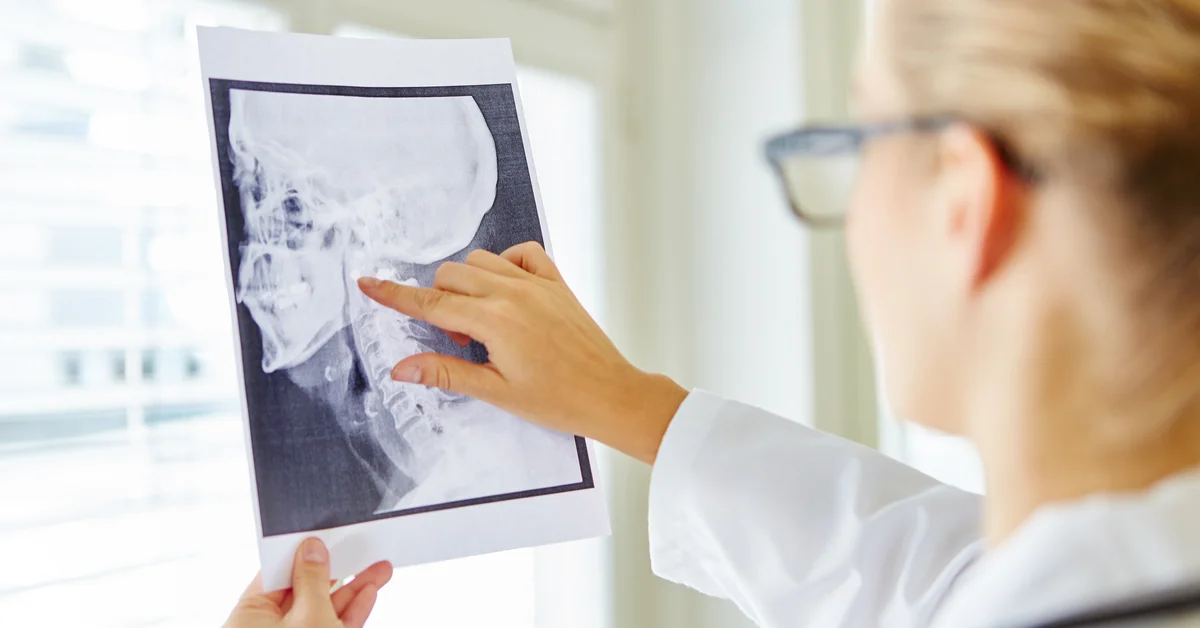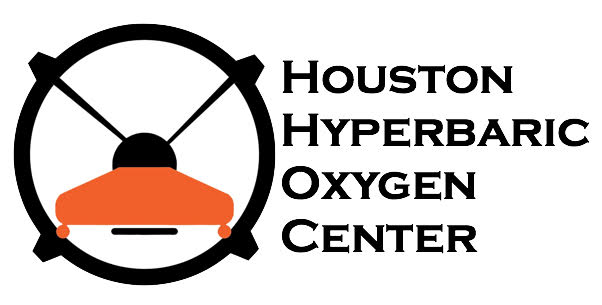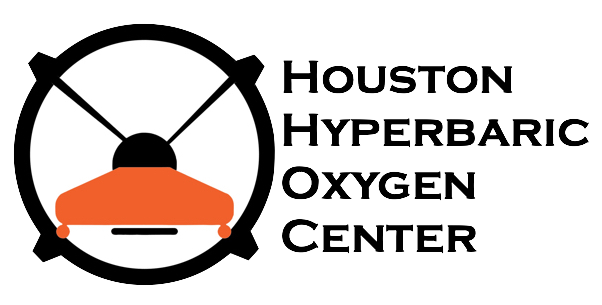Maxillofacial

Benefits from Hyperbaric Oxygen Therapy
HBOT treatments bring oxygen to the hypoxic tissue by increasing the blood-tissue oxygen gradient; this favours the wound healing process by facilitating the reconstruction of irradiated tissues and preventing necrosis. In addition, HBOT is bacteriostatic and bactericidal for many microorganisms.
Short-term effects of HBOT therapy include vasoconstriction, reduction of edema, phagocytosis activation and an anti-inflammatory effect. Long-term effects include stimulation of collagen production by fibroblasts, osteoneogenesis and, most important, neovascularization. The induced angiogenesis becomes detectable after 8 sessions. At 20 sessions, it reaches a plateau at 80-85% of non-irradiated tissue vascularity. The changes induced by HBO therapy on the tissue's oxygen pressure appear to be largely permanent, as, 3 years after completion of HBO treatment, oxygen pressure in the tissue has been observed to be 90% of what it was at the end of the treatment.
The most common protocol used is the Marx Protocol which consists of 30 treatments before surgery and 10 after and MUST be completed at 2.4ATA. The 30/10 protocol is employed in the treatment of established osteoradionecrosis. No surgery should be attempted before the first 30 HBOT treatments have provided sufficient angiogenesis to support surgical wounding. After 30 treatments surgical management can be staged according to the extent of improvement achieved after HBOT and the size of sequestrum or area of osteolysis. If the ORN extends to the inferior border of the mandible or if it manifests as an orocutaneous fistula or pathological fracture, discontinuity resection of the necrotic bone and soft tissue will be required to resolve the disease. Unless HBOT and surgery are combined in the management of ORN, the results are not long lasting or satisfactory. Even though resection of stage three ORN seems unduly aggressive, it has stood the test of time. By using the Marx protocols in the treatment of ORN, more than 95 percent of patients can be successfully cured of their disease with predictable, functional and aesthetically acceptable outcomes.

